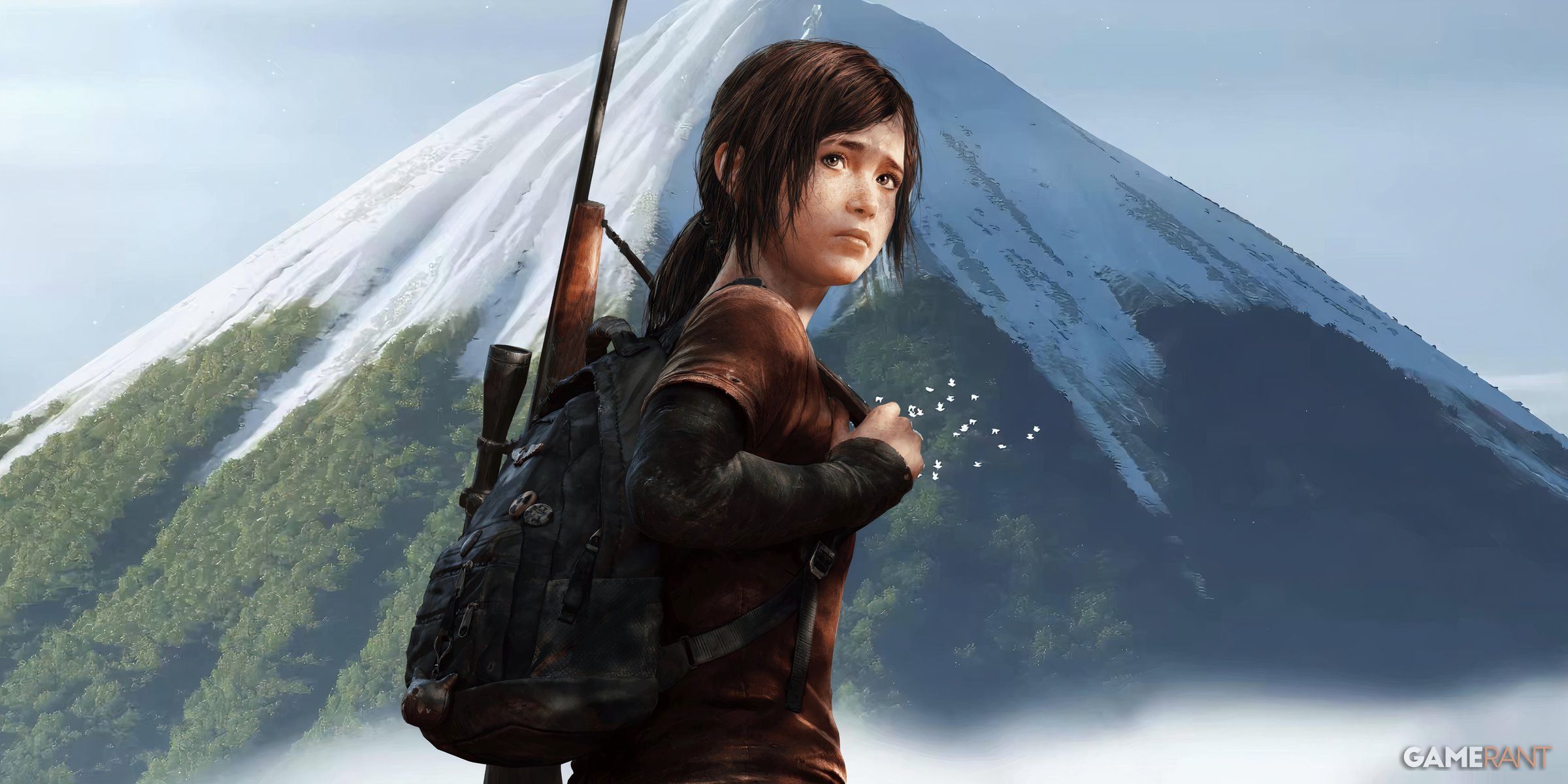
Ghost of Yotei was announced at the last State of Play after being one of the only PlayStation first-party studio games to not have any updates in a long spell. The inevitable announcement trailer didn’t disappoint, either, as it introduced a new protagonist, Atsu, in a new locale: the sequel’s eponymous Mount Yotei and its surrounding environs.
Other than featuring a protagonist who assumes a Ghost persona over 300 years after Jin Sakai had, nothing else seems to connect Ghost of Yotei and Ghost of Tsushima, at least from what little has been revealed so far. It’s unclear if this was always the intended direction for the IP, but Sucker Punch choosing to make this transition now for the sequel is remarkably clever and forward-thinking as the Ghost franchise can no longer be pigeonholed to a single, stagnant story or protagonist—a storytelling boon that The Last of Us would be wise to take heed of before it’s too late.
Ghost of Yotei Branching Out Extends the IP’s Shelf Life Astronomically
Ghost of Yotei may be reinventing the Ghost origin tale and enabling the Ghost franchise to become an anthological series that could be feasibly endless depending on how many new protagonists, settings, and eras it would like to spotlight. Jin and Atsu could only be two of countless Ghosts and the franchise would only need to end once Sucker Punch’s creativity for emotional samurai/ronin stories in breathtaking vistas runs dry.
Sucker Punch has probably learned a lot working on Tsushima and now gets to rewrite the book on its Ghost IP, reworking or adding to Yotei everything it wished it had for Tsushima. That process can be repeated with each new entry, engrossing players in its gorgeous Japanese settings but telling various stories and inheriting new gameplay mechanics to ensure that every installment has a signature stamp to distinguish them.
Jin was a great protagonist, but holding onto him dearly and forcing development out of him in a sequel could’ve diluted his character arc. Rather, Atsu can be a blank canvas and that’s immediately more enticing with virtually nothing known about her at the moment aside from what weapons she carries.
The Last of Us is Wilting While Anchored to Joel and Ellie
Naughty Dog’s biggest storytelling strength has always been its intimate character-driven stories and interactions, and as such it’s no surprise that The Last of Us has been fully enmeshed in the lives of Joel and Ellie.
It’s both a blessing and a curse that Naughty Dog characters or protagonists are written so well because it begs sequels to give them closure or continue their narratives; Joel dying in The Last of Us Part 2 is a testament to this, for example, as he has only been around for one other game and yet was adored enough to incite a gross reaction to his murder and the protagonist responsible for committing it. Now, a third game is almost guaranteed to follow Ellie once more and attempt to bookend her story.
Neil Druckmann confessing that there is “probably one more chapter” left to tell for The Last of Us seems needlessly limiting in a franchise that could tell endless fascinating stories of characters whose suffering and relationships with those around them are poignant against a terrifying post-apocalyptic backdrop. The Last of Us doesn’t need to warp its title like Ghost of Yotei is to renew itself.
Instead, all it needs to do is dedicate installments to stories about other characters and settings without anchoring the series to Joel and Ellie’s exploits. Ironically, The Last of Us’ online multiplayer game might’ve finally been the outlet to do that before it was canceled and there’s no promise anymore of additional characters getting their time in the sun during or after The Last of Us Part 3.





